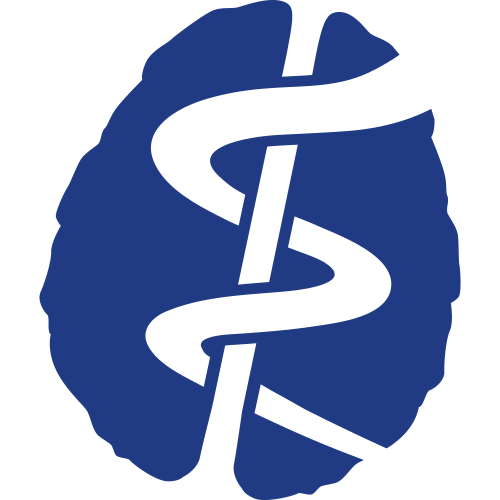Addiction, volume 114, issue 1, pages 69-80
Profiles of recovery from alcohol use disorder at three years following treatment: can the definition of recovery be extended to include high functioning heavy drinkers?
Katie Edwards
1
,
Adam D. Wilson
1
,
Matthew Pearson
1
,
Kevin S. Montes
1
,
Megan Kirouac
1
,
Corey R. Roos
1
,
Kevin A. Hallgren
2
,
Stephen A. Maisto
3
Publication type: Journal Article
Publication date: 2018-08-24
PubMed ID:
30063267
Medicine (miscellaneous)
Psychiatry and Mental health
Abstract
Recovery from alcohol use disorder (AUD) is often narrowly defined by abstinence from alcohol and improvements in functioning (e.g. mental health, social functioning, employment). This study used latent profile analysis to examine variability in recovery outcomes, defined by alcohol use, alcohol-related problems and psychosocial functioning at 3 years following treatment. Secondary analysis investigated pre-treatment, post-treatment and 1- and 3-year post-treatment covariate predictors of the latent profiles.Secondary analysis of data from a randomized clinical trial.United States.We used data from the out-patient arm of Project MATCH (n = 806; 29.7% female, 22.2% non-white).Recovery was defined by latent profile analyses including measures of psychosocial functioning and life satisfaction (Psychosocial Functioning Inventory), unemployment and mental health (Addiction Severity Index), alcohol and other drug use (Form 90) and alcohol-related consequences (Drinker Inventory of Consequences) 3 years following treatment. Mixture modeling was used to examine correlates of profiles.We identified four profiles at 3 years following treatment: (1) poor functioning frequent heavy drinkers, (2) poor functioning infrequent heavy drinkers, (3) high functioning occasional heavy drinkers and (4) high-functioning infrequent non-heavy drinkers. There were relatively few differences on indicators of functioning and treatment-related variables between the high functioning infrequent non-heavy drinkers and the high-functioning occasional heavy drinkers, other than high-functioning occasional heavy drinkers having lower alcohol dependence severity [odds ratio (OR) = 0.94, 95% confidence interval (CI) = 0.90, 0.98], fewer post-treatment coping skills (OR = 0.54, 95% CI = 0.32, 0.90) and lower 3-year post-treatment abstinence self-efficacy (OR = 0.37, 95% CI = 0.28, 0.49) and Alcoholics Anonymous (AA) involvement (OR = 0.87, 95% CI = 0.85, 0.99). The two high-functioning profiles showed the greatest improvements in functioning from baseline through the 3-year follow-up, whereas the low-functioning profiles showed the least amount of improvement. High-functioning occasional heavy drinkers had higher purpose in life than the poor-functioning profiles.Some individuals who engage in heavy drinking following treatment for alcohol use disorder may function as well as those who are mostly abstinent with respect to psychosocial functioning, employment, life satisfaction and mental health.
Found
Are you a researcher?
Create a profile to get free access to personal recommendations for colleagues and new articles.














